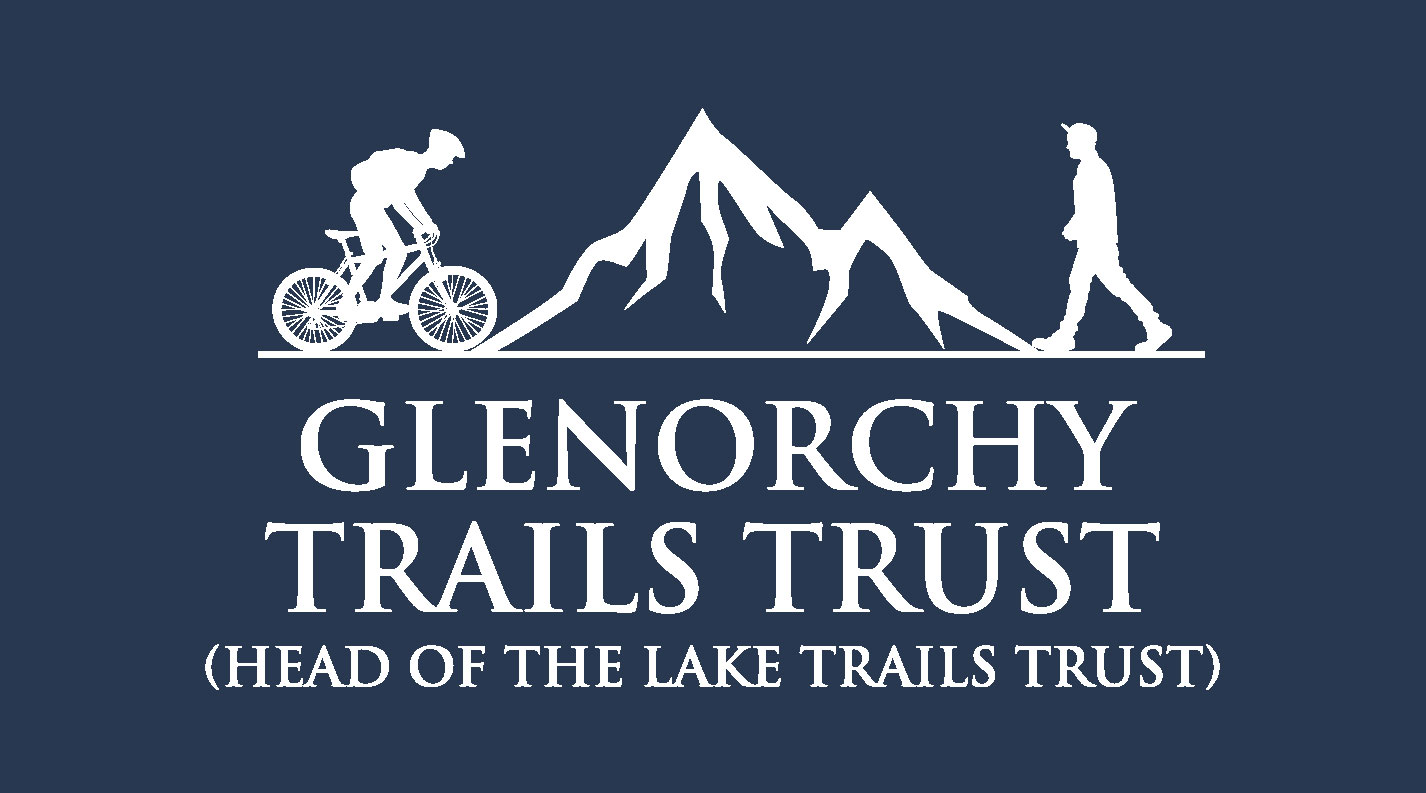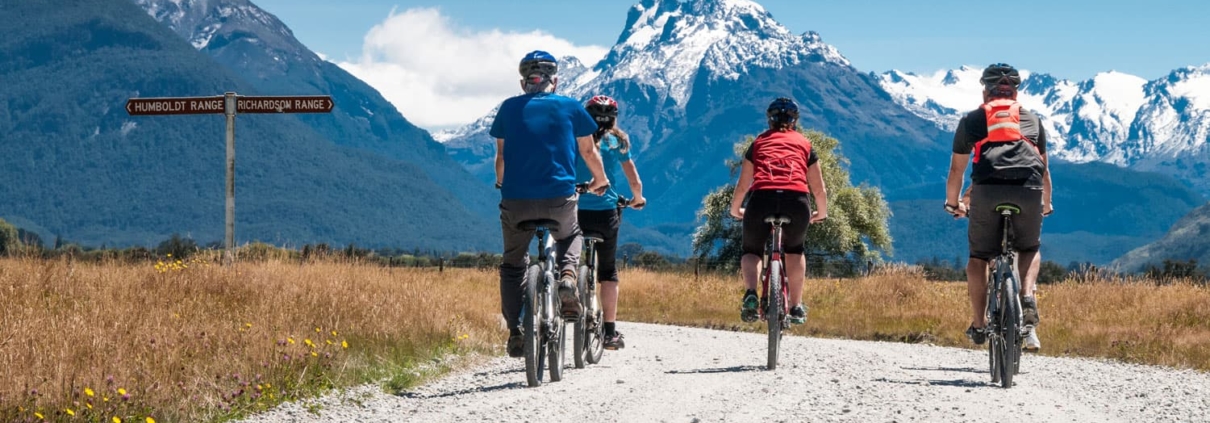From Dirt to Adventure: The Art of Creating New Hiking/Biking Trails
-
Planning:
Creating a new trail begins with thorough planning. The following steps are involved in this initial phase:
a) Identify Objectives: Determine the purpose of the trail and the target audience. Is it for leisurely walks, mountain biking, or both? Understanding the desired experience will guide the trail’s design.
b) Land Ownership and Regulations: Identify the landowners and regulations governing trail construction. Obtain necessary permissions, permits, and agreements for land access.
c) Site Assessment: Conduct a comprehensive assessment of the proposed trail area. Consider topography, soil composition, ecological factors, and potential obstacles. Identify any cultural or historical features that may need protection.
d) Trail Alignment: Determine the general direction and alignment of the trail. Account for elevation changes, natural features, and scenic viewpoints. Strive for a balance between adventure and sustainability.
-
Sighting:
Sighting involves selecting the most suitable path for the trail based on the planning phase. Here are the key steps:
a) Flagging: Walk the proposed trail route, flagging the path using biodegradable tape or other environmentally friendly markers. This helps visualize the trail and assess its feasibility on the ground.
b) Field Assessment: Evaluate the flagged route to ensure it adheres to the desired trail objectives. Consider the impact on natural resources, potential erosion issues, and the overall user experience.
c) Adjustments: Make necessary adjustments to the flagged route based on the field assessment. This may involve minor realignments to mitigate environmental impact or improve user safety.
-
Engineering:
Once the trail has been sighted, it’s time to employ engineering principles to ensure its long-term durability and usability. The engineering phase involves the following steps:
a) Grading and Drainage: Design the trail grade to match the difficulty level desired, accounting for the skill level of the intended users. Incorporate appropriate drainage techniques to prevent erosion and maintain trail integrity.
b) Switchbacks and Turns: Plan and construct switchbacks and turns to manage steep slopes or tight corners, ensuring user safety and preventing erosion.
c) Bridges and Structures: If necessary, design and construct bridges, boardwalks, or other structures to facilitate safe passage over streams, wetlands, or rugged terrain.
-
Construction:
With the engineering plans in place, it’s time to bring the trail to life. The construction phase involves the following steps:
a) Clearing: Remove obstacles such as rocks, fallen trees, and vegetation from the trail path. Exercise caution to minimize disturbance to surrounding ecosystems.
b) Tread Construction: Build the trail tread, which is the walking or biking surface. This may involve digging, benching, or carving into hillsides. Pay attention to trail width and sustainability.
c) Signage and Wayfinding: Install signs and markers to guide trail users and provide information about distance, points of interest, and safety guidelines.
-
Maintenance:
The trail’s maintenance is crucial for its longevity and continued enjoyment. Here are some key aspects to consider:
a) Regular Inspections: Conduct periodic inspections to identify and address any trail damage, erosion, or safety concerns. Repair and restore trail sections as needed.
b) Vegetation Management: Control invasive plant species that can disrupt the trail ecosystem. Trim vegetation to maintain trail width and visibility.
c) Drainage Maintenance: Ensure drainage systems are functioning effectively to prevent water accumulation and erosion.
d) User Education: Provide trail users with guidelines on responsible trail use, Leave No Trace principles, and the importance of preserving the environment.
Creating new hiking and biking trails involves a meticulous process that spans planning, sighting, engineering, construction, and maintenance. Each step plays a vital role in ensuring the trail’s sustainability, safety, and overall user experience. By carefully following these steps, trail enthusiasts can enjoy the wonders of nature while minimizing their impact on the environment. So, lace up your boots or hop on your bike and venture into the wilderness, knowing that these trails were crafted with passion and dedication to provide an unforgettable experience for all who tread upon them.
Glenorchy Trails Trust latest update:
As an update to our community of supporters, the Glenorchy Trails Trust is in the engineering stage of the Buckler Burn section of the Glenorchy trail that will see our current trail extended all the way up to the Whakaari Conservation Area. We’re also in the planning stage of the Queenstown to Glenorchy trail. Stay tuned for more updates and consider making a donation to help us deliver on these and other great projects for all to enjoy. You can do so at https://








